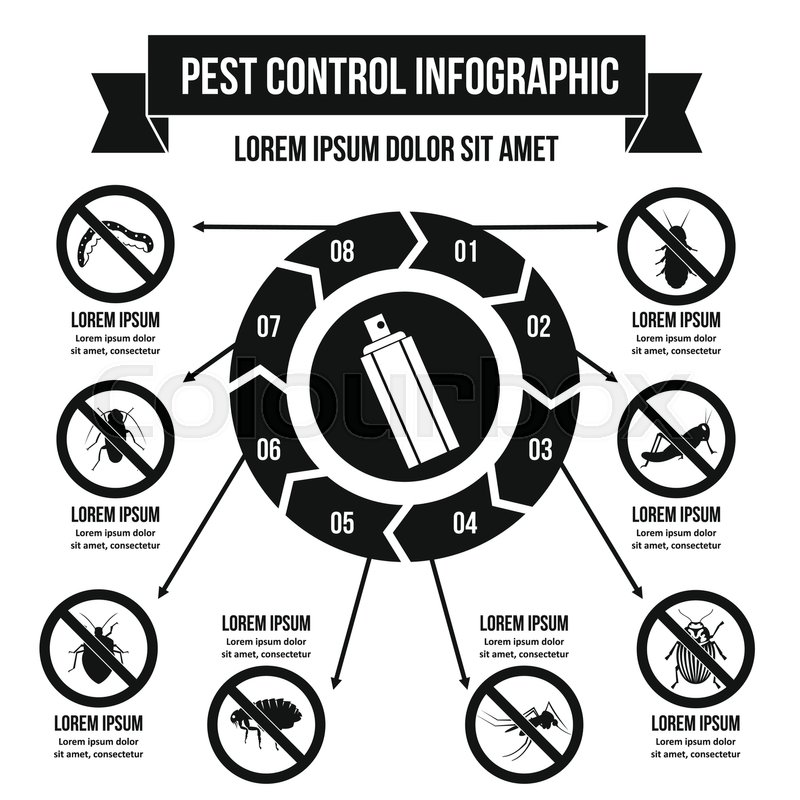Tips For Homeowners: Exactly How To Keep Rodents Out Of Your Attic
Tips For Homeowners: Exactly How To Keep Rodents Out Of Your Attic
Blog Article
Short Article Written By-Jenkins Smedegaard
Envision your attic room as a comfortable Airbnb for rodents, with insulation as fluffy as resort cushions and wiring much more enticing than area solution. Now, think of these undesirable visitors throwing a wild event in your home while you're away. As a property owner, guaranteeing your attic is rodent-proof is not practically satisfaction; it's about safeguarding your home and liked ones. So, what basic actions can you require to secure your shelter from these hairy trespassers?
Inspect for Entrance Points
To begin rodent-proofing your attic room, evaluate for access factors. Start by thoroughly examining the outside of your home, looking for any kind of openings that rats might utilize to gain access to your attic room. Check for spaces around utility lines, vents, and pipelines, as well as any cracks or openings in the foundation or home siding. Make certain to pay attention to locations where various building products fulfill, as these are common entry factors for rats.
Additionally, examine the roofing for any kind of damaged or missing shingles, as well as any voids around the edges where rats can squeeze through. Inside the attic room, try to find indicators of existing rodent activity such as droppings, ate cords, or nesting materials. Make use of a flashlight to extensively examine dark corners and concealed rooms.
Seal Cracks and Gaps
Examine your attic thoroughly for any type of cracks and spaces that need to be sealed to avoid rodents from getting in. Rats can squeeze via even the tiniest openings, so it's essential to seal any type of potential entry factors. Examine around pipelines, vents, cords, and where the wall surfaces satisfy the roof. Use a combination of steel woollen and caulking to seal off these openings successfully. Steel wool is an excellent deterrent as rodents can not eat with it. Ensure that all voids are snugly secured to reject access to unwanted insects.
Don't forget the relevance of securing voids around windows and doors also. Usage weather condition removing or door moves to seal these areas efficiently. Evaluate chem tech pest control where energy lines get in the attic and secure them off utilizing a suitable sealer. By putting in the time to secure all splits and gaps in your attic, you develop an obstacle that rats will discover challenging to violation. Prevention is type in rodent-proofing your attic, so be extensive in your efforts to seal any prospective access points.
Get Rid Of Food Resources
Take positive steps to eliminate or save all prospective food sources in your attic to hinder rats from infesting the room. Rodents are brought in to food, so removing their food resources is critical in keeping them out of your attic.
Below's what you can do:
1. ** Shop food securely **: Stay clear of leaving any food products in the attic room. Shop all food in impermeable containers made of metal or sturdy plastic to avoid rodents from accessing them.
2. ** Tidy up debris **: Eliminate any kind of stacks of particles, such as old papers, cardboard boxes, or timber scraps, that rodents can make use of as nesting product or food resources. Keep pest control bellingham -free to make it less enticing to rodents.
3. ** Dispose of trash correctly **: If you use your attic for storage space and have trash or waste up there, make sure to take care of it frequently and appropriately. Rotting trash bin bring in rodents, so keep the attic room tidy and devoid of any type of natural waste.
Final thought
To conclude, bear in mind that an ounce of avoidance deserves an extra pound of cure when it comes to rodent-proofing your attic room.
By taking the time to evaluate for entry points, seal splits and voids, and remove food sources, you can keep undesirable bugs away.
Bear in mind, 'An ounce of avoidance is worth a pound of treatment' - Benjamin Franklin.
Keep aggressive and safeguard your home from rodent infestations.
